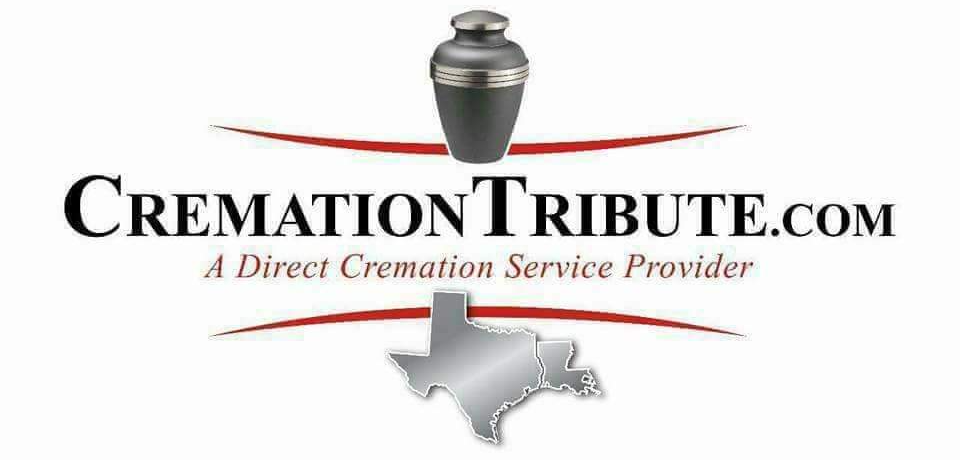Frequently Asked Cremation Questions
Questions About the Cremation Process
-
What is cremation?
To begin with, it is probably easier to describe what cremation isn't. Cremation is not a final disposition of the remains, nor is it a type of funeral service. Rather, it is a process of reducing the human body to bone fragments using high heat and flame.
-
How long does the actual cremation take?
It depends on the weight of the individual. For an average size adult, cremation takes from two to three hours at normal operating temperature between 1,500 ºF to 2,000 ºF.
-
What happens after the cremation is complete?
All organic bone fragments, which are very brittle, as well as non-consumed metal items, are "swept" into the back of the cremation chamber and into a stainless steel cooling pan. All non-consumed items, like metal from clothing, hip joints, and bridge work, are separated from the cremated remains. This separation is accomplished through visual inspection as well as using a strong magnet for smaller and minute metallic objects. Items such as dental gold and silver are non-recoverable and are commingled in with the cremated remains. The remaining bone fragments are then processed in a machine to a consistent size and placed into a temporary or permanent urn, selected by the family.
-
What do the cremated remains look like?
Cremated remains resemble coarse sand and are whitish to light gray in color. The remains of an average size adult usually weigh between four to eight pounds of cremated remains.
-
In what kind of container are the cremated remains returned?
We return remains in a temporary container but we offer a variety of affordable urns. The family may choose to provide their own container in which the cremated remains will be placed.
-
Are all the cremated remains returned?
With the exception of minute and microscopic particles, which are impossible to remove from the cremation chamber and processing machine, all of the cremated remains are given back to the family.
Concerns About Cremation
-
Are there any laws governing cremation?
Cremation regulations vary from state-to-state.
-
Can two cremations be performed at once?
Never. Not only is it illegal to do so, but most modern cremation chambers also are not of sufficient size to accommodate more than one adult. Thus it would be a practical impossibility to conduct multiple cremations simultaneously.
-
Can the family witness the cremation?
No. We are not offering these services at this time.
-
How can I be sure I receive the correct remains?
We have developed the most rigorous set of operating policies and procedures in order to maximize our level of quality and minimize the potential for human error. Positive identification of the deceased is assured throughout each stage of the cremation process. We only allow certified professionals to operate our cremation equipment.
Questions About Urns, Caskets, & Embalming
-
Do I need an urn?
An urn is not required by law. However, an urn may be desired if there is to be a memorial service or the cremated remains are to be interred in a cemetery. If an urn is not selected, the cremated remains will be placed in a plastic bag and then placed in a temporary plastic box or container provided by the family.
-
Is a casket needed for cremation?
No, a casket is not required for cremation.
-
Is embalming required prior to cremation?
Absolutely not and it is against the law for a funeral home to tell you otherwise.
-
Can the body be viewed without embalming?
Yes, you may select immediate family members to briefly view the deceased prior to cremation at our cremation facility at an additional cost. The deceased is first washed, dressed, and prepared for a private viewing. However, under certain circumstances additional alternative care may be required for autopsy remains organ/tissue or bone donors.



